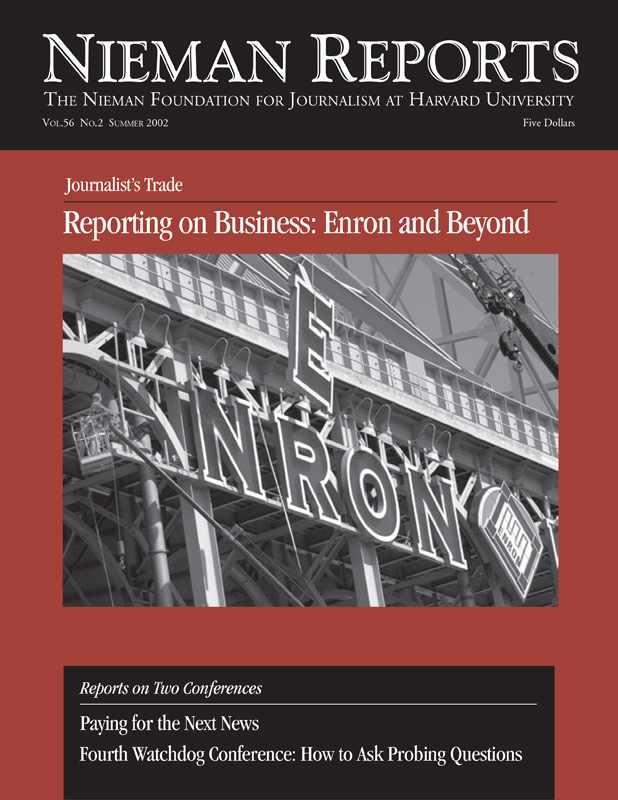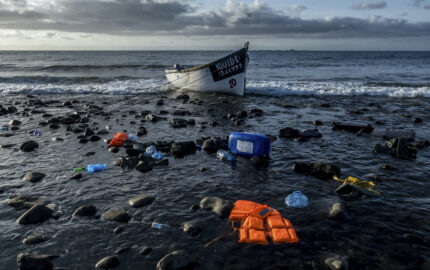In response to the journalists’ observations, Dan Rothstein described how the process has worked for others who are not so accustomed to asking questions. He reminded reporters of the vital role they play as questioners within our society and of the “precious democratic tool” that they possess of asking questions. Additional information about The Right Question Project can be found at www.rightquestion.org or at 2464 Massachusetts Avenue, Suite 314, Cambridge, Massachusetts 02140.
Dan Rothstein: What we have found is that people who have never had the experience of using notebooks and asking questions and of being the information gatherers can take this tool and use it. A group of women in one literacy program in New Hampshire were being treated very badly by the welfare office in their community. An adult educator working with them taught them the question formulation technique. The women began to plan before they went into the meeting. They thought about all of the questions they might want to ask. They discovered questions they hadn’t thought about before. By sharing the questions they learned different perspectives, things that they hadn’t thought about. They went in, and as they were having the encounter, asking their questions, the person on the other side of the desk was making certain decisions. The women picked up on that, handed him the notebook and said, “Here is the decision you are making. Can you put your initials by it?”
The power of that accountability tool was that within a couple of weeks the culture in that office changed. Instead of the women hearing “We didn’t get your paper work. You didn’t fill out the right papers. You didn’t do what we told you to do on time,” those excuses went out the window. The way people were being related to was different. People were being accountable. People understood how decisions were being made further up in the hierarchy. There was a whole accountability strategy in effect.
Where did that accountability strategy come from? It didn’t come from an understanding of how does government work. It didn’t come from an understanding of how does a bill move through the Congress. It didn’t come from an understanding of constitutional principles. It came from people identifying what is it they need to be thinking about here. What is it that I need to know? What are the kinds of things I need to be asking questions about? And listening to the range of different questions that were being asked and, then, going in there with this extraordinarily powerful democratic tool, this notebook.
We were very honored when we were asked to work with you because in so many ways a lot of the work that we do depends upon the work that you do. Because you’re carrying this precious democratic tool with you, and it’s those questions that you take with you, and it’s the range of questions, the range of perspectives that you look from, the different kinds of things that you heard in this room today, that are crucial to people being able to actually be informed to understand what’s going on, to be able to take effective action.
That requires different perspectives. I think the question Michel asked about how do you recreate opportunities for people to actually generate different kinds of questions is a good one. And I think there is a problem when you put limits on it. When we offer the brainstorming rules, one thing that we said was do not put limits on what to ask. The challenges, as I heard many of you go back into your real situations were, well, wait a second. Who am I asking? Or how much time do I have? How much space do I have? So those are the limits that you obviously deal with realistically as part of your job.
But in terms of a brainstorming exercise to try to begin to deepen an understanding, to figure out, to develop a strategy, it’s very important to not put limits on what you’re doing. It’s in not putting the limits on that you begin to discover layers and levels and aspects and perspectives that were not there before. That, in a sense, is the purpose of the technique. The purpose is not with a magic wand wipe away all of those other constraints and other problems, but to help people develop strategies.



